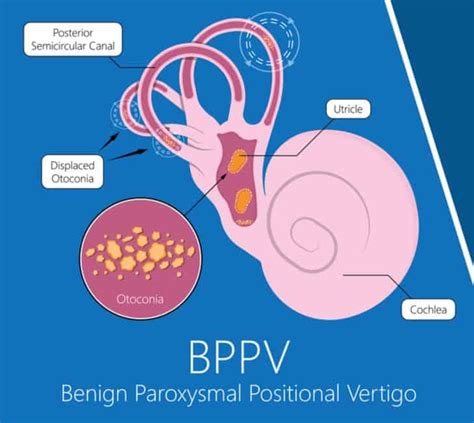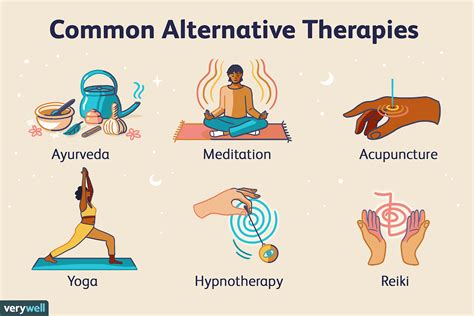Intro
Discover 5 ways to relieve benign vertigo symptoms, including natural remedies, exercises, and lifestyle changes, to alleviate dizziness, balance issues, and inner ear problems, and find long-lasting vertigo relief and vestibular balance.
Benign vertigo, also known as benign paroxysmal positional vertigo (BPPV), is a condition that affects the inner ear and causes brief, intense episodes of vertigo. This condition can be debilitating and disrupt daily life, but there are several ways to find relief. In this article, we will explore five ways to alleviate benign vertigo symptoms and improve overall quality of life.
The importance of addressing benign vertigo cannot be overstated. This condition can lead to increased risk of falls, decreased mobility, and reduced participation in daily activities. Furthermore, the emotional toll of living with vertigo should not be underestimated, as it can cause anxiety, depression, and feelings of isolation. By understanding the causes of benign vertigo and exploring effective treatment options, individuals can take the first step towards regaining control over their lives.
Benign vertigo is often characterized by sudden, brief episodes of vertigo triggered by specific head movements or positions. These episodes can be accompanied by nausea, vomiting, and balance problems. While the exact cause of benign vertigo is still not fully understood, research suggests that it may be related to the movement of small crystals in the inner ear. These crystals, called otoconia, play a crucial role in maintaining balance and equilibrium. When they become dislodged and move into the wrong part of the ear, they can cause the symptoms of benign vertigo.
Understanding Benign Vertigo

Causes of Benign Vertigo
The causes of benign vertigo are complex and multifaceted. While the exact mechanisms are still not fully understood, research has identified several key factors that contribute to the development of this condition. These include: * Age: Benign vertigo is more common in older adults, with the risk increasing significantly after the age of 60. * Head injury: Trauma to the head or neck can cause benign vertigo, especially if it results in damage to the inner ear. * Inner ear problems: Conditions such as labyrinthitis or vestibular neuritis can increase the risk of developing benign vertigo. * Genetics: Some people may be more prone to developing benign vertigo due to their genetic makeup.Treatment Options for Benign Vertigo

Canalith Repositioning Procedure
The canalith repositioning procedure (CRP) is a non-invasive technique used to treat benign vertigo. This procedure involves a series of specific head and body movements designed to relocate the otoconia to their normal position in the ear. By restoring the normal balance of the inner ear, CRP can help alleviate the symptoms of benign vertigo.Lifestyle Changes for Benign Vertigo Relief

Dietary Changes for Benign Vertigo
While there is no specific diet that can cure benign vertigo, making certain dietary changes can help alleviate symptoms. These include: * Increasing fluid intake to stay hydrated * Avoiding foods that can trigger vertigo, such as caffeine or alcohol * Eating a balanced diet that includes plenty of fruits, vegetables, and whole grainsExercises for Benign Vertigo Relief

Home Remedies for Benign Vertigo
There are several home remedies that can help alleviate the symptoms of benign vertigo. These include: * Applying heat or cold packs to the affected ear * Using essential oils, such as ginger or peppermint, to reduce nausea and dizziness * Practicing relaxation techniques, such as deep breathing or meditation, to reduce stress and anxietyAlternative Therapies for Benign Vertigo

Preventing Benign Vertigo
While it is not possible to completely prevent benign vertigo, there are several steps that can be taken to reduce the risk of developing this condition. These include: * Avoiding head injuries by wearing protective gear when participating in sports or other activities * Getting regular exercise to improve balance and flexibility * Practicing stress-reducing techniques, such as meditation or deep breathing, to reduce anxiety and stressWhat is the main cause of benign vertigo?
+The main cause of benign vertigo is the movement of small crystals in the inner ear, called otoconia. When these crystals become dislodged and move into the wrong part of the ear, they can cause the symptoms of benign vertigo.
How can I alleviate the symptoms of benign vertigo?
+There are several ways to alleviate the symptoms of benign vertigo, including the canalith repositioning procedure, lifestyle changes, exercises, and alternative therapies. It is essential to work with a healthcare professional to develop a personalized treatment plan.
Can benign vertigo be cured?
+While there is no cure for benign vertigo, the symptoms can be effectively managed with treatment. In some cases, the condition may resolve on its own, but it is essential to work with a healthcare professional to develop a treatment plan and prevent complications.
In conclusion, benign vertigo is a complex condition that requires a comprehensive treatment approach. By understanding the causes of this condition and exploring effective treatment options, individuals can alleviate their symptoms and improve their overall quality of life. We invite you to share your experiences with benign vertigo and ask any questions you may have about this condition. Your feedback is essential in helping us provide the best possible information and support for individuals affected by benign vertigo.
